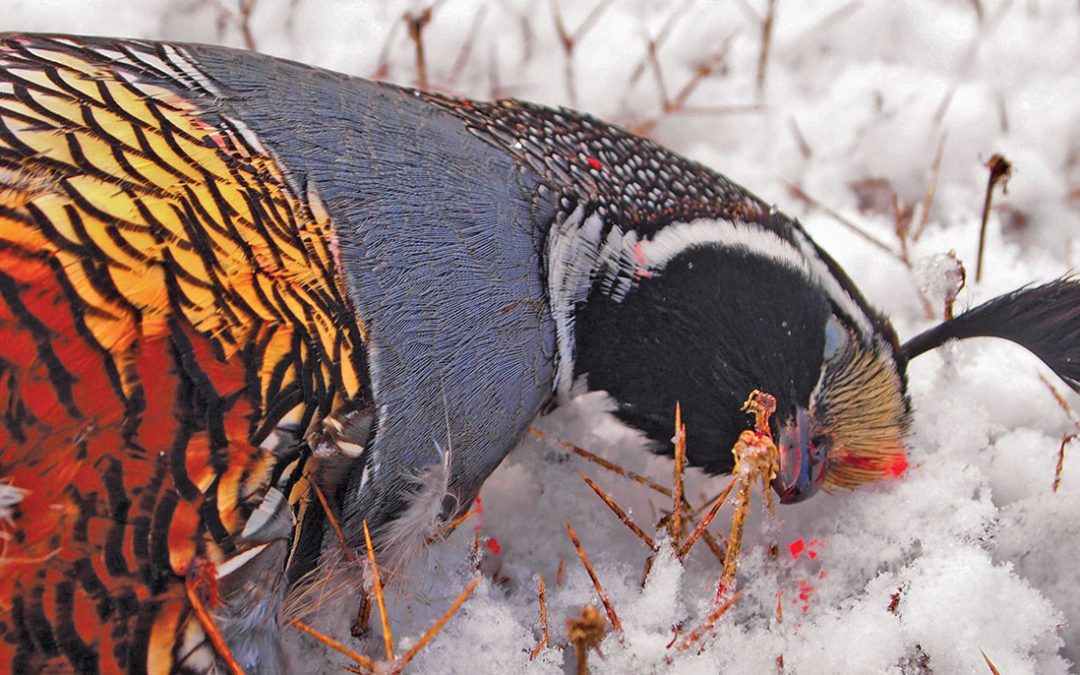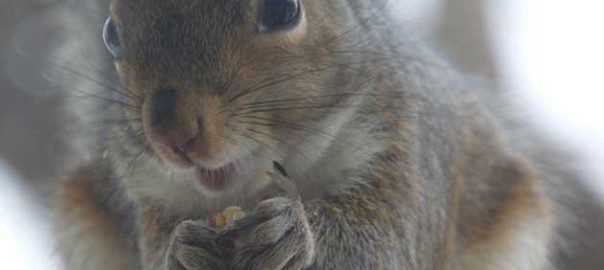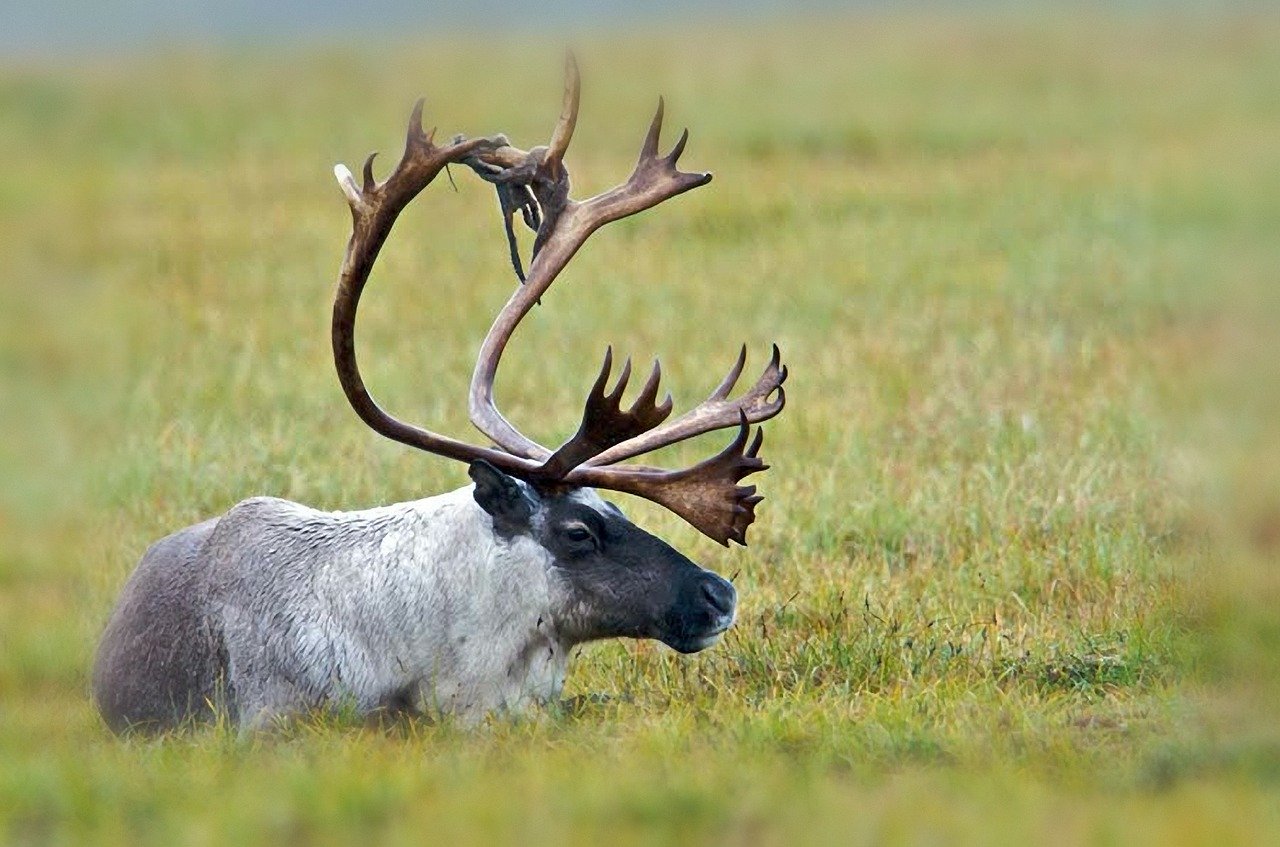I was thinking about the coming season a few days ago and, as usual, it occurred to me that I might have a chance or two to hunt in snow. It’s still hot in Georgia, but snow is coming.
Dear Lord, do I love to hunt in snow! I guess it’s a little surprising to hear a southern boy say it, but I’ve done it a lot and I’ll do it again if I get the chance. There’s just something about hunting in snow that reaches the primal creature inside in a way that little else does. I probably remember every time, and I can remember the first as if it were yesterday.
I couldn’t resist grinning when the news crackled over the old vacuum-tube radio. It was camouflaged in static, but I got the message loud and clear. A rare snowstorm was bearing down on our tiny rural community. Of course, all things are relative. To us, visible snow—snow that whitened the fields—was a “snowstorm” and an inch or more was a “blizzard.” We didn’t get much snow in the southern half of Georgia, and I couldn’t even remember when it had occurred on a school day.
It was customary in that place and time to cancel school at the slightest threat of frozen precipitation. Such events were rare and neither the city nor county owned snow removal equipment. Snow was such an unusual event that it was cheaper to close the town for the day than to buy snowplows and dump trucks. My old man was on the school board and I was the first to get the word. There would be no school tomorrow! And I had advance notice.
At the tender age of 11, I’d never hunted in snow, but I had read all about it in the outdoor magazines of the time, and I was convinced that I “needed” the experience.
After a couple of hours of begging and pleading, the old man finally relented, and I gathered my gear for a pre-dawn departure. My usual hunting ground was 700 acres of timber, corn stubble and cotton fields that belonged to my favorite great-aunt, a status she garnered by virtue of allowing me to hunt and fish on the farm she had inherited from her late husband, who happened to be my grandma’s brother.
The farm was four miles from town, and the early embarkation was necessary to arrive by the time the critters began to stir. All of my cousins were either much older or younger than me, so no one else paid the place much attention. It was, for all intents and purposes, my own little kingdom.
By another great stroke of luck, the radio weatherman was right, and tiny little flakes of snow began to sift down shortly before dark. There was precious little sleep for me that night. A series of short catnaps was punctuated by trips to my bedroom window to check on conditions in the slim light of the security lamp by our backyard kennel. Hours reluctantly passed as the tiny flakes grew into real, honest-to-God, quarter-sized fluffs that eventually covered our little corner of the world.
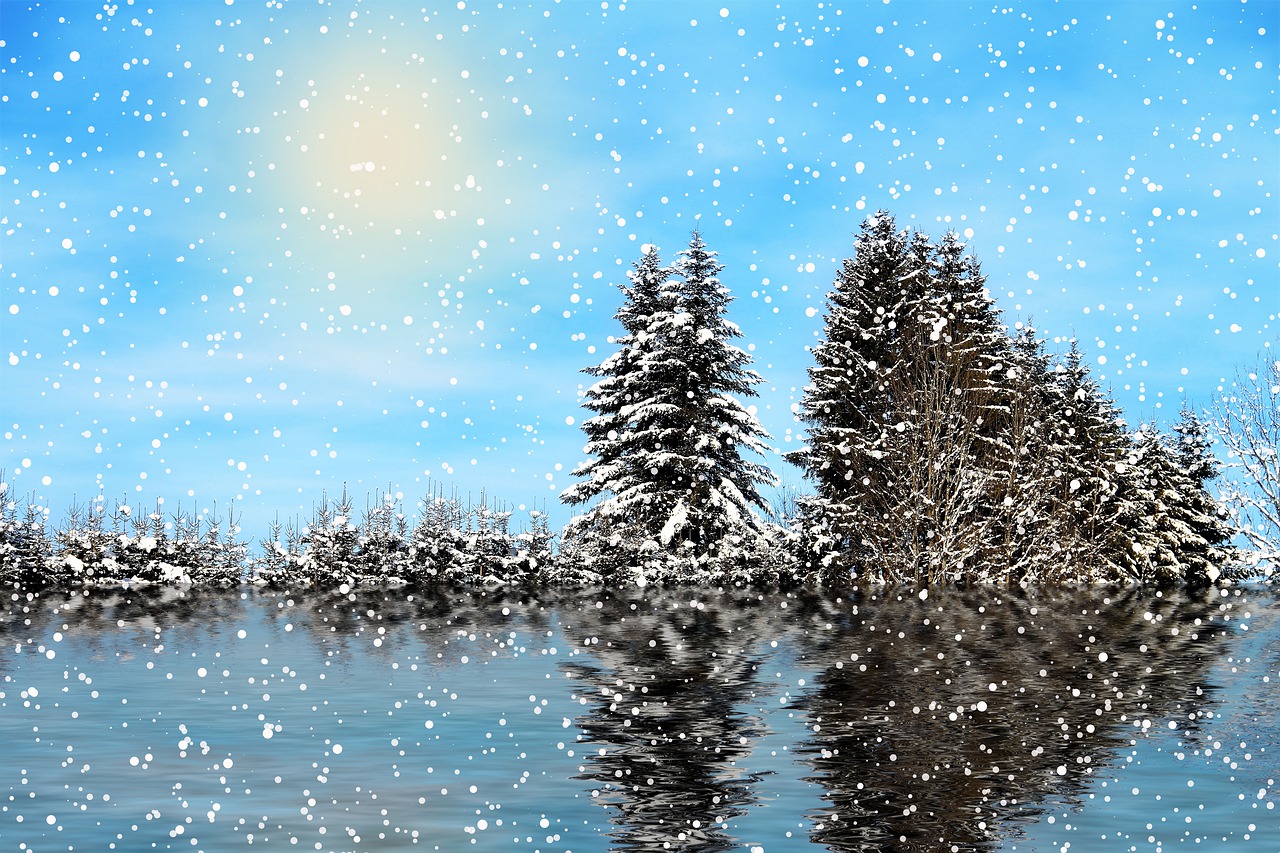
Neither my younger sisters nor my parents awoke as I made a double-decker “baloney” sandwich, slid the small brown paper bag into the game pocket of my coat, and slipped out the back door with my 20-gauge, single-shot Springfield under my arm.
In the pre-dawn, the countryside was covered in a blanket of white, and a tomb-like shroud of silence muffled every sound except the faint shush of my footsteps as I made my way along the dim suggestion of a country road that led to the farm. No other creature stirred in the darkness. For the first time in my young life, I felt completely alone with nature. And it touched me as few things since have ever done.
Looking back, I think it was the first time that I had ever contemplated my relationship to the natural world. Was I truly a part of it? Or was I an interloper—an intruder?
As daylight broadened, sunlight began to break through the clouds, raining brilliant shards across the landscape and scattering diamonds in all directions. The storm was over, but I was still alone with nature. And the child that I was began the life-long task of trying to decipher her mysteries.
It wasn’t long before I cut the tracks of a cottontail, and I slowly followed them from the field-edge brush, around the edge of the stubble to where their maker lost his nerve and bolted into the field where he tumbled to my one available shot.
It didn’t take long to conclude that the bunnies were the first creatures to move under the conditions, and I followed two more sets of tracks and collected one more passenger for my game pocket.
About mid-morning, I noticed where a tangle of tiny, four-toed tracks emerged from the broomsedge and veered into the stubble. I was standing on the spot when a big covey of quail erupted about 20 yards into the field, and I managed to scratch down a tail-ender. The young cockbird was only wing-tipped, but I found him easily in the snow.
The remaining 20 or so birds fanned out along the field edge about a hundred yards away, allowing me to track down and dispatch another pair before calling it quits on the covey. The cornfield gave way to another hundred acres of soybeans along the swamp edge, and the scene repeated itself a couple more times before I decided to leave the field and see what I could find on the big pond that formed the centerpiece of the property.
The farm was not on a major flyway, but when the weather was bad, a few ducks would occasionally take refuge on the pond. Sometimes they’d even be close enough to the bank to make a sneak feasible.
Rising to the challenge, I circled around the pond to where the spillway dumped into the wetland. Slipping and sliding, I managed to scale the back of the dam and peek over to see a flock of mallards sleeping about 15 yards from shore.
The shot from my 20-gauge caught up with a big greenhead when his feet were about three inches off the water, and I cranked the Springfield open, reloaded and knocked down another duck when the flock circled back on its way to the swamp.
The second bird was easy to fetch in the shallow water of the swamp, but the first duck took a considerable period of rock and stick-throwing to splash him into range of a 10-foot branch.
That evening, I staggered home with a mighty load, but I carried more than wild provender. I carried the seed of a new attitude about myself and my relationship to nature. A personal, one-on-one perspective. And, an overwhelming appreciation for nature’s awesome beauty that remains with me to this day.
Over the years, I’ve hunted in snow many times, each time revisiting the day in mid-South Georgia. Once on Colorado’s Grand Mesa, Glen Whitaker and I awoke to find two feet of snow around our tent. Glen slept in that day, and nothing moved on the mesa but the elk. And me.
Tracking was easy and quiet. I found elk tracks at dawn and followed them for a couple of miles until they crossed a wide park where the herd had entered the timber several hundred yards away on the far side of the opening. Beyond was a vast expanse of black timber. There I waited.
Toward evening, a pair of bulls doubled back on their tracks and started into the big meadow—and soon a big, husky six-by-six lay recumbent in the snow.
In Patagonia many years later, we had an early snow while hunting California quail in the arroyos creasing the foothills of the Andes. The rocket-propelled buzz bombs would hurtle from the brush, and we’d do our best to catch them in the brief moment before they sailed back into the cover. On those rare occasions when we succeeded, they were easy to find—gaudy, multi-colored ornaments displayed against the pristine white snow.
I don’t presume to know why hunting in snow affects me the way it does. All these years later, it’s still a mystery to me. I just know that it does—in a profound, spiritual way—a way that goes back to my childhood…that brings me closer to nature than almost anything else that I have experienced. A way that I need.
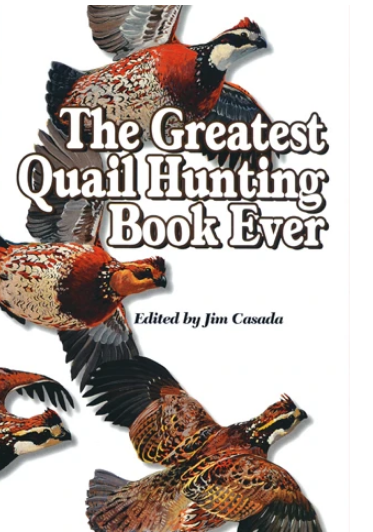 This fascinating anthology showcases 38 wonderful stories from those halcyon days when sporting gentlemen pursued the noble bobwhite quail with their favorite shotguns and their elegant canine companions.
This fascinating anthology showcases 38 wonderful stories from those halcyon days when sporting gentlemen pursued the noble bobwhite quail with their favorite shotguns and their elegant canine companions.
The 368-page book opens with compelling tales by the literary giants from quail hunting’s golden era, including Nash Buckingham, Robert Ruark, Havilah Babcock, Archibald Rutledge and Horatio Bigelow.
The book’s second section presents reminiscences by sporting scribes of the modern era, among them Jack O’Connor, Gene Hill, Joseph Greenfield, Dave Henderson, and Mike Gaddis. The third section is comprised of unforgettable short stories on quail hunting and bird dogs by James Street, Bob Matthews, Dan O’Brien and Caroline Gordon. Buy Now

